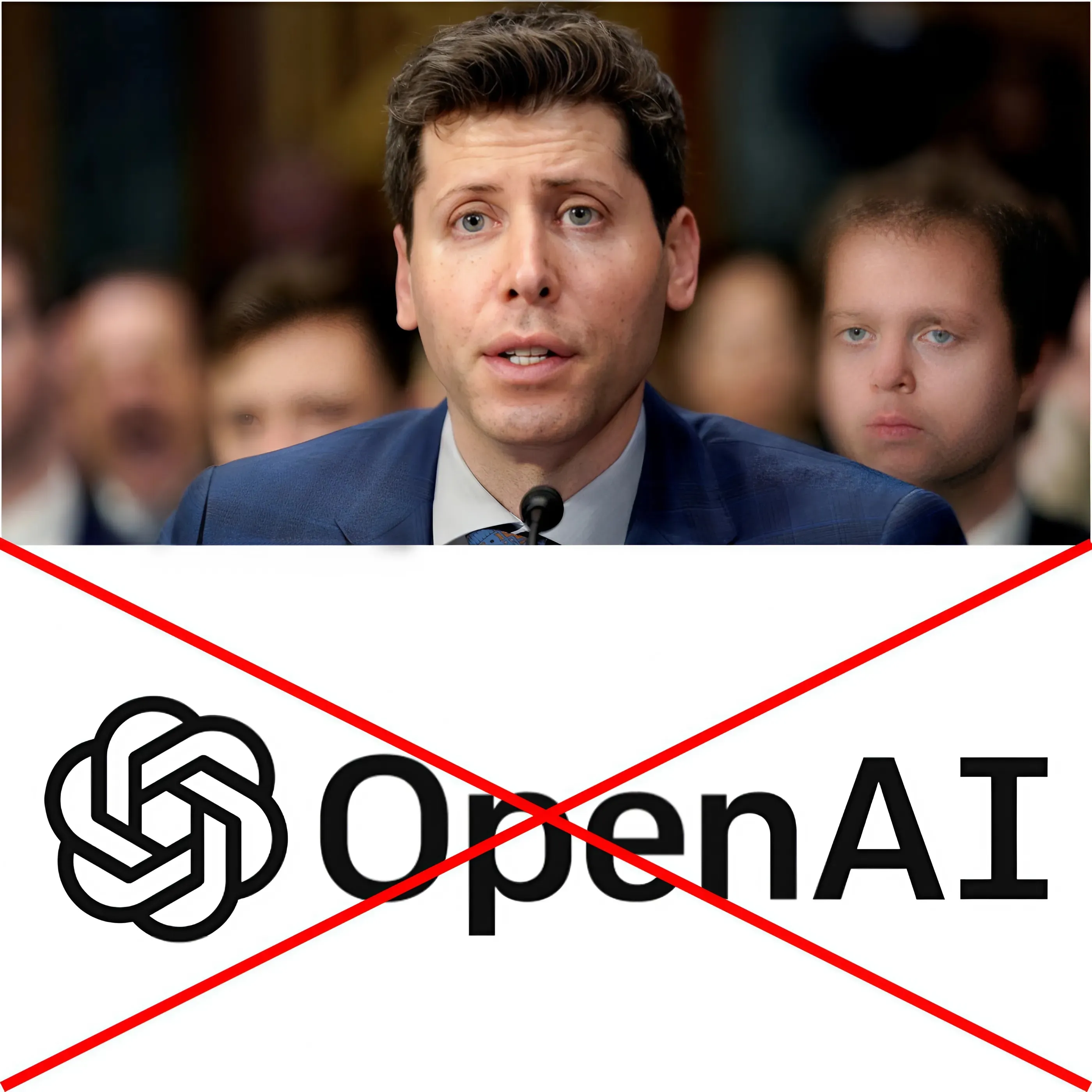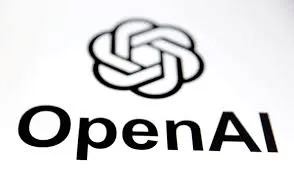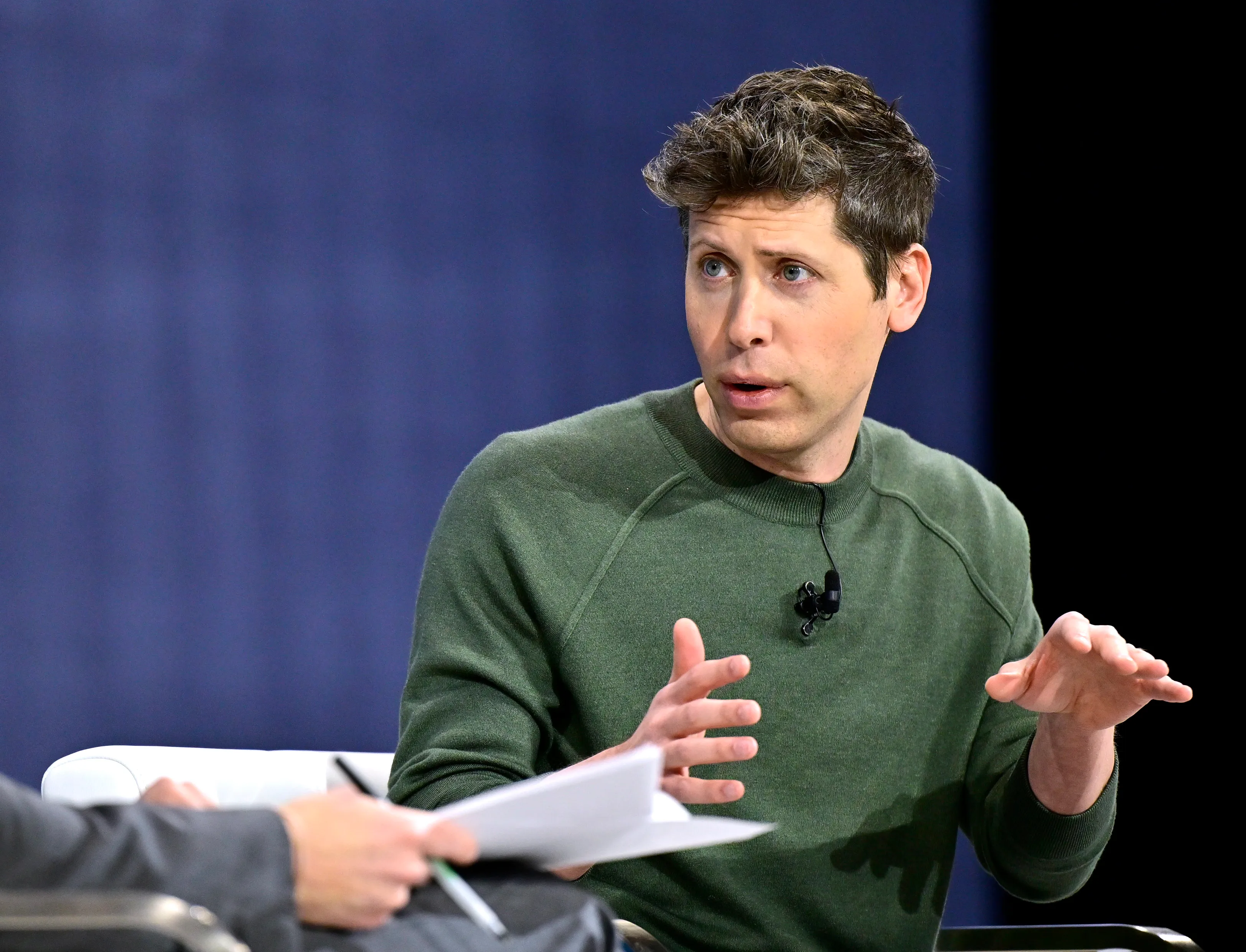OpenAI postpones the AI image feature rollout for non-paying ChatGPT users.
OpenAI has officially announced a delay in the rollout of its highly anticipated AI image generation feature for non-paying ChatGPT users. The decision has sparked debate among users and industry experts, raising questions about the accessibility of advanced AI tools and the company’s long-term strategy for monetization.
Initially, OpenAI planned to introduce the image generation feature to all ChatGPT users, regardless of their subscription status. However, the company has now decided to prioritize paying subscribers, citing technical challenges, server capacity concerns, and a desire to refine the feature before expanding its availability to a broader audience. This move has led to frustration among free-tier users who were eagerly awaiting the new functionality.
OpenAI’s AI-powered image generation tool, powered by the latest iteration of its DALL·E model, allows users to create high-quality, realistic images from text prompts. The feature has been praised for its ability to generate stunning visuals with remarkable accuracy and detail, making it a valuable tool for artists, designers, and content creators. However, the delay in making it accessible to free users has reignited discussions about the increasing trend of paywalled AI technologies.
The company has not provided a specific timeline for when non-paying users can expect access to the AI image feature, only stating that it remains committed to ensuring a smooth and efficient user experience. Meanwhile, paying subscribers of ChatGPT Plus, OpenAI’s premium plan, continue to enjoy early access to the latest AI innovations, further incentivizing users to upgrade to a paid tier.
This decision aligns with OpenAI’s broader strategy of balancing user demand with sustainable infrastructure and monetization efforts. As AI models become more powerful and require extensive computational resources, companies like OpenAI must find ways to offset costs while maintaining accessibility. However, critics argue that such restrictions limit the democratization of AI and place the most advanced capabilities behind a paywall, excluding a significant portion of the potential user base.
Despite the controversy, OpenAI maintains that its long-term goal is to make AI tools widely available while ensuring their reliability and ethical use. The delay in the rollout of the AI image feature reflects the company’s cautious approach to scaling its technology, ensuring that when the feature does become available to non-paying users, it meets OpenAI’s high standards for quality and user experience.
For now, free-tier users will have to wait while OpenAI refines the AI image tool for broader release. In the meantime, the company is expected to continue enhancing its suite of AI-powered applications, further solidifying its position as a leader in artificial intelligence innovation. Whether this delay will push more users toward the paid plan or spark greater dissatisfaction remains to be seen, but one thing is clear: OpenAI’s AI advancements continue to shape the future of digital creativity and content generation.







 Novak Djokovic fined $10,786 by Marbella City Council for unlicensed renovations, as multiple mysterious details about the case emerge.
Novak Djokovic fined $10,786 by Marbella City Council for unlicensed renovations, as multiple mysterious details about the case emerge.